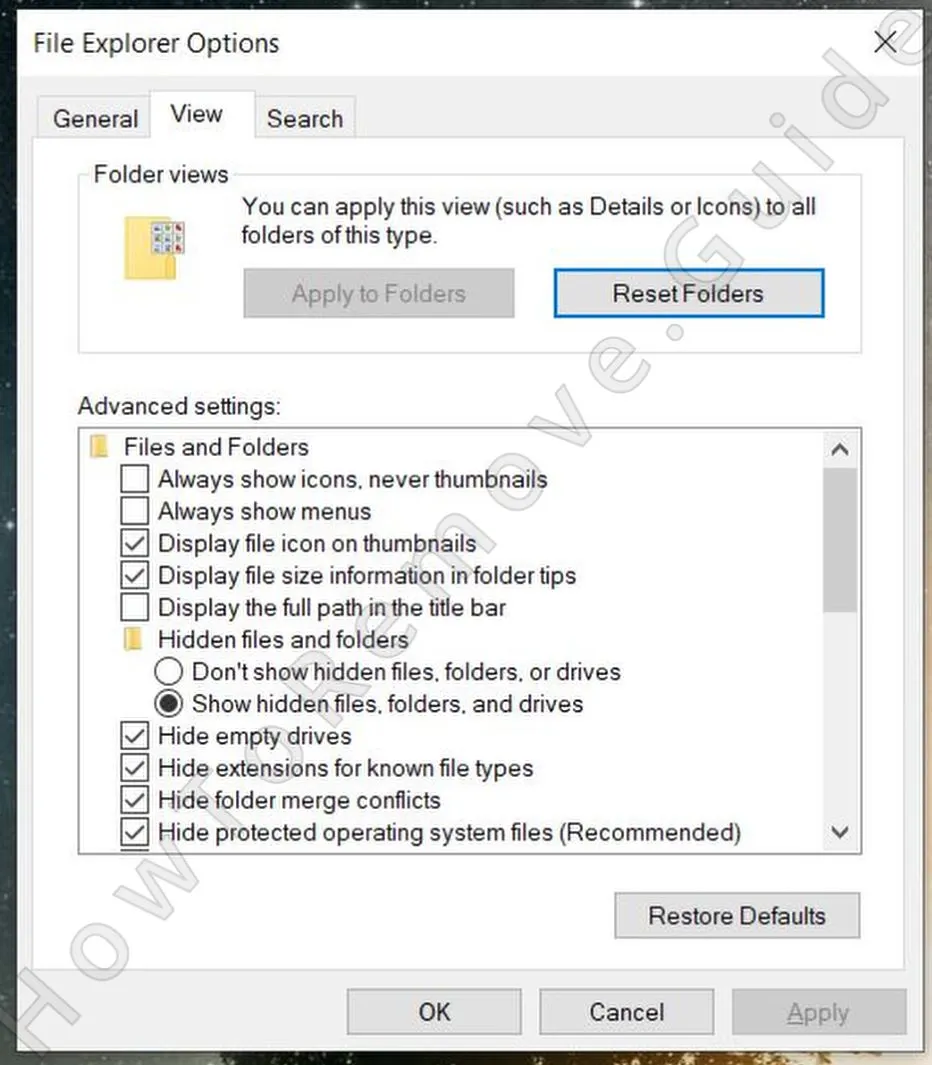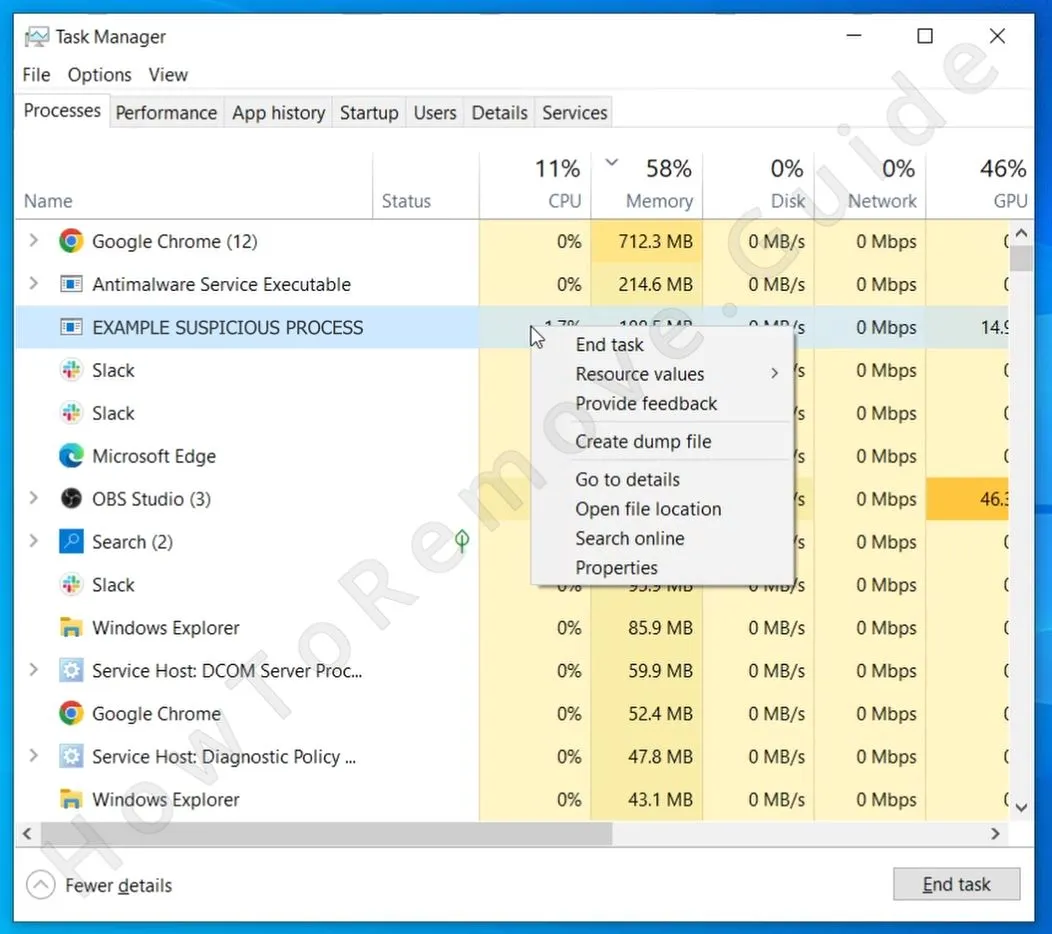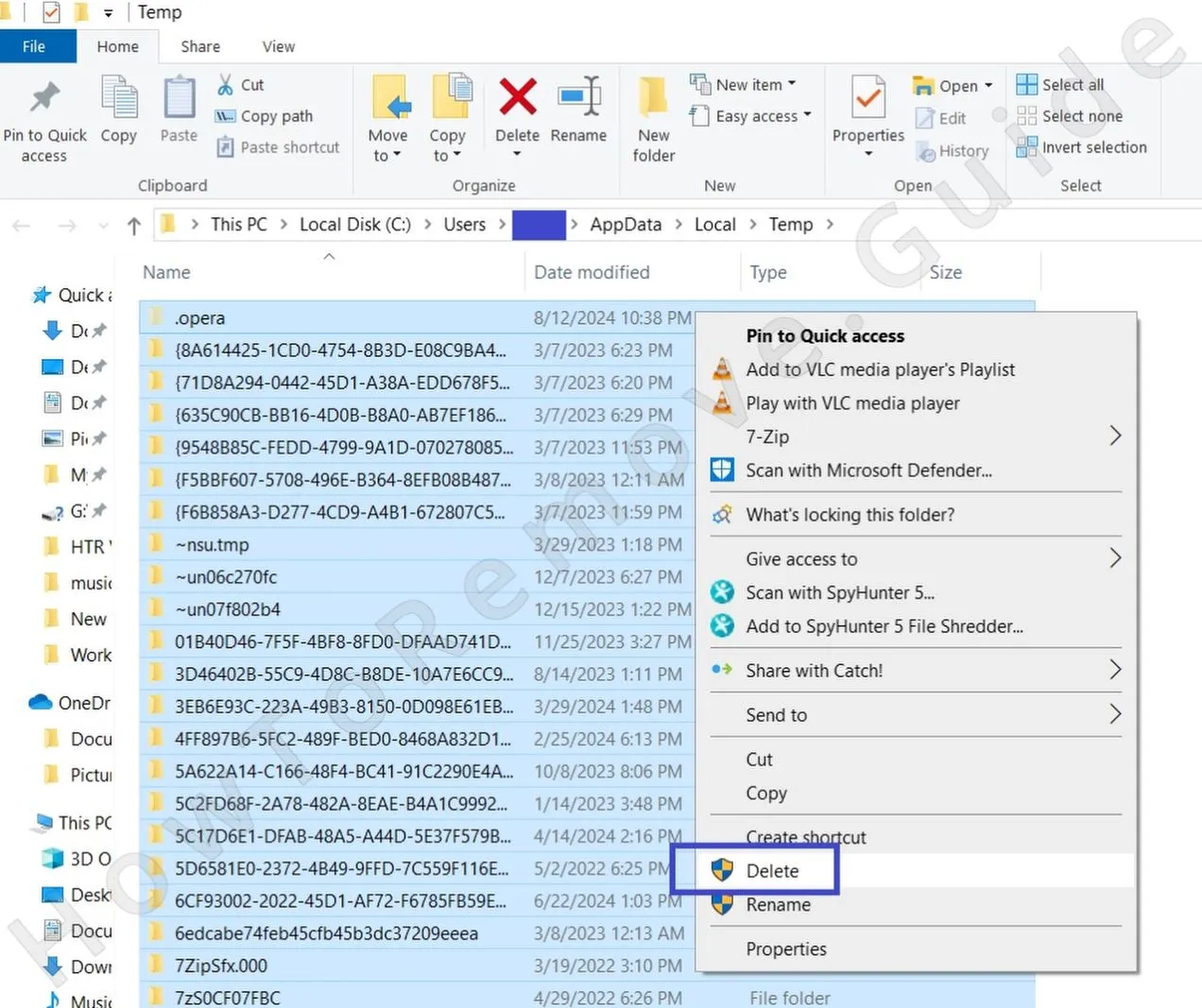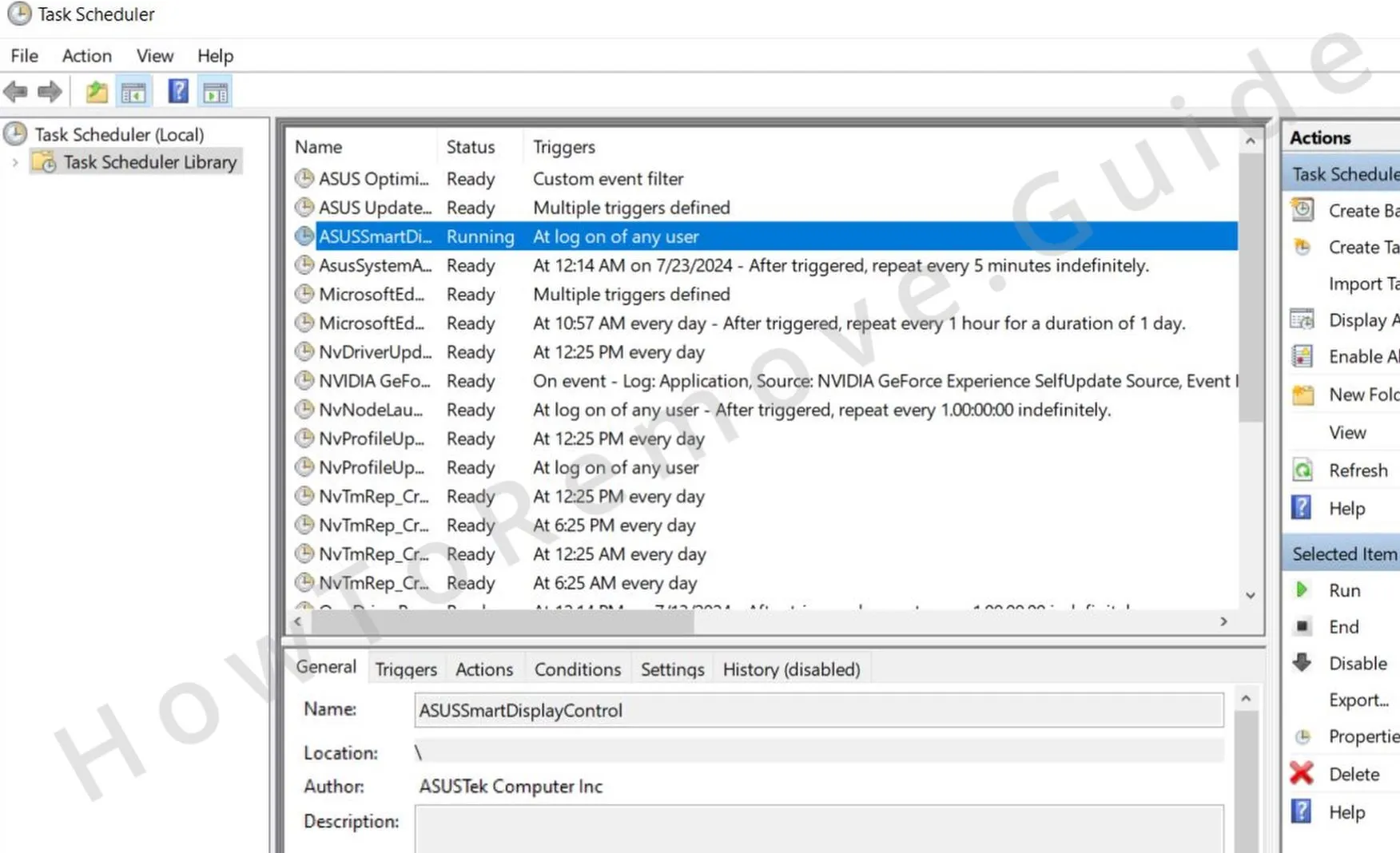Some time ago, I came across numerous reports about a potentially unwanted software called OneStart which grabbed my attention, so I made this post to show our readers how to remove it.
Typically, such rogue apps go away in a couple of weeks, but this one turned out more persistent than the rest. It continues to enter users’ systems uninvited, run all kinds of sketchy processes, and resists most deletion attempts.
For this reason, I am updating this article to include new information about the OneStart malware alongside some new tips on how to stay protected.

If you currently have this malware on your system, know that anything called Quick Updater.exe. is just another name for OneStart, so don’t trust it.
Like other similar rogue apps, such as Niwp App and MYWeb Watch, this malware tries to present itself as a regular program. However, it gains all kinds of permission in the system that can significantly compromise its security and leave it open to attacks.
This rogue program runs PowerShell commands to stay hidden and tampers with your registry, so it’s essential that you get rid of it. Besides, it’s likely to disrupt your workflow through ads, promotions, and pop-ups, so one more reason to uninstall it. As for how you can do that, the guide below will show you the exact steps.
OneStart Removal Guide
Most users report that they are facing difficulties with the removal of OneStart, but I still recommend that you first try to delete it in a more conventional way before diving into the more complex solutions I’ll show later. For now, try the following quick removal steps and if they don’t work, move on to the advanced guide further down the page:
Quick Steps to Remove OneStart
- 1.1Open Settings and go to Apps. Use the Installation Date filter to locate recently installed programs.
- 1.2Spot entries like “OneStart” or unfamiliar software installed at the same time.
- 1.3Select the suspicious program and hit Uninstall. Follow the instructions to complete the process.
-
1.4Launch File Explorer and browse to
C:\Program FilesandC:\Program Files (x86). - 1.5Look for any folders named “OneStart”. Delete them without hesitation.
Restart your computer after completing these actions. If traces of OneStart persist, move to more the advanced methods.
SUMMARY:
Before You Begin: Something to Keep in Mind
The next guide was created to be as straightforward and easy-to-follow as possible yet some of its steps will still require you to use your personal judgment when deciding what to delete and what to keep intact. For this reason, if any of the steps seem too challenging for you, I suggest trusting SpyHunter 5 as an alternative way to automatically and safely eliminate OneStart from your system alongside any other unwanted software that may have come alongside it.
How to Remove the OneStart Virus (Advanced Steps)
If the quick steps I explained above weren’t enough to rid you of OneStart, then you’ll have to dig a bit deeper and find and delete all elements linked to this program that are currently in your system. To do that successfully, you’ll first need some preparation:
1. Preparing for the OneStart Removal
- 1.1Open File Explorer and click the View tab. Select Options or Folder Options.
- 1.3Download the free LockHunter tool.
Install LockHunter on your PC – you’ll need it later to delete blocked files.
Once you complete these preparatory steps, you’ll be ready to take on the OneStart malware.
Video walkthrough for this step:
Get Rid of OneStart Background Processes
You must definitely check the Task Manager for processes run by OneStart. You are highly likely to find osmething that must be stopped before you could fully get rid of the unwanted software. Here’s how to clean up the Task Manager.
2. How to Delete OneStart Processes in the Task Manager
- 2.1Press Ctrl + Shift + Esc to open Task Manager. Expand the view by selecting More Details.
- 2.2Under the Processes tab, sort tasks by CPU Usage or Memory.
- 2.4Note the file path, return to Task Manager, and click End Task.
- 2.5Navigate to the noted location and delete the associated files.
- 2.6In case you get a “File/Folder is being used by another process” error when attempting to delete something, use LockHunter: Right-click the item, select “What’s locking this file/process?“, and click delete in the next window.
Video walkthrough for this step:
How to Delete Persistent Files with Lock Hunter

Deleting OneStart Hidden Files
OneStart can create helper files in various locations in the system, so it’s important to check all potential locations where such files can be hidden and delete anything tied to this program.
3. How to Get Rid of OneStart Files
-
3.1Here are the locations I recommend checking:
► C:\Users\username\AppData\Roaming\OneStart\bar\updater.exe
►C:\Users\YourUsername\AppData\Local\Programs
►C:\Users\YourUsername\AppData\Roaming\Microsoft\Windows\Start Menu\Programs
►C:\Program Files
►C:\Program Files (x86)
►C:\ProgramData\Microsoft\Windows\Start Menu\Programs\Startup
►C:\Users\YourUsername\AppData\Roaming\Microsoft\Windows\Start Menu\Programs\Startup - 3.2Remove anything tied to OneStart. Double-check file names to avoid deleting vital system files.
- 3.4If you are struggling with the deletion of a particular file or folder, remember to use the LockHunter as explained earlier.
Disable OneStart Startup Items
OneStart has also likely created some startup items that may allow it to launch automatically every time your computer turns on and you log into your User account. Here’s what you must do:
4. Eliminate OneStart Scheduled Tasks
- 4.1Open the Task Manager again (Ctrl + Shift + Esc). Go to the Startup tab.
- 4.2Disable anything that looks tied to OneStart or looks otherwise unfamiliar.
- 4.3You should leave enabled only the items that you actually want to launch automatically on startup.
After you do this, close the Task Manager and move on to the next section.
Get Rid of OneStart Scheduled Tasks
Don’t forget about the Task Scheduler. That’s another location where the malware has likely left its mark, so yu must go there and delete anything that looks tied to OneStart.
5. Eliminate OneStart Scheduled Tasks
- 5.2Check each task listed in the Task Scheduler. Click its name, go to the Actions tab, and see what action is shown there. If the task is set to run some questionable script or executable, note down its location in your system, and then delete the task.
- 5.3After you get rid of the rogue task, manually navigate to and remove the file(s) it was set to run.
Video walkthrough for this step:
Uninstall the OneStart Malware App Through the Windows Registry
The Windows Registry stores entries that allow malware like OneStart to persist. Removing these requires careful attention to avoid harming your system. Here’s what you need to do:
6. How to Remove One Start From Your Registry
-
6.1Press Win + R, type
regedit, and press Enter. - 6.2Use Ctrl + F to search for “OneStart”. Delete what gets found, then search again. Keep searching and deleting until no related items are left.
Then also search for “Quick Updater” and do the same, deleting all relevant items. -
6.3Inspect these keys for additional traces:
►HKEY_USERS\software\OneStart.ai
►HKEY_USERS\software\microsoft\windows\currentversion\run
HKEY_LOCAL_MACHINE\software\Wow6432Node\Microsoft\Windows\CurrentVersion\Uninstall{31F4B209-D4E1-41E0-A34F-35EFF7117AE8}These entries are where you are most likely to find something linked ot OneStart.
-
6.4I also suggest checking the ones listed below, as the are often targeted by unwanted apps and malware:
►HKCU\Software\Microsoft\Windows\CurrentVersion\Run
►HKCU\Software\Microsoft\Windows\CurrentVersion\RunOnce
►HKLM\Software\Microsoft\Windows\CurrentVersion\Run
►HKLM\Software\Microsoft\Windows\CurrentVersion\RunOnce
►HKLM\Software\Microsoft\Windows\CurrentVersion\Policies\Explorer\Run
►HKCU\Software\Microsoft\Windows\CurrentVersion\Policies\Explorer\Run
►HKEY_LOCAL_MACHINE\Software\Microsoft\Windows\CurrentVersion\RunServices
►HKEY_LOCAL_MACHINE\Software\Microsoft\Windows\CurrentVersion\RunServicesOnce
►HKEY_LOCAL_MACHINE\Software\Microsoft\Windows\CurrentVersion\RunOnce\Setup
►HKEY_LOCAL_MACHINE\SYSTEM\CurrentControlSet\servicesGo to each of these registry directories, click them, then check their values on the right. If anything seems fishy there, delete it, but don’t touch the keys themselves (left panel).
Video walkthrough for this step:
What Is the OneStart Virus?
The OneStart virus, also known as OneLaunch or Quick Updater.exe, is a sneaky, persistent malware that finds its way into systems through Google Ads and shady browser extensions.
Once inside, it doesn’t make a big entrance – it silently runs in the background, using hidden PowerShell scripts to set itself up without triggering alarms. Instead of executing right away, it cleverly delays itself by 40 minutes (Start-Sleep 2400), making sure it doesn’t get flagged immediately. Then, using a bypassed execution policy, it launches itself from C:\Users\username\AppData\Roaming\OneStart\bar\updater.exe, operating completely under the radar.
But it doesn’t stop there. OneStart is built to stick around, so it creates scheduled tasks like “OneStart Chromium” and “OneStart Updater” that ensure it relaunches every time you boot up your system. It also buries itself deep in the Windows Registry, planting entries in HKEY_USERS\Software\OneStart.ai and HKEY_LOCAL_MACHINE\software\Wow6432Node\Microsoft\Windows\Currentversion\Uninstall\{31F4B209-D4E1-41E0-A34F-35EFF7117AE8}.
How You Got the OneStart Malware
Security teams have been tracking how OneStart spreads and it appears that fake Google Ads are its main distribution vector. Clicking on a sponsored result in Google Search can redirect users to onestartpdfdirect[.]com or resource[.]onestart[.]ai, where they unknowingly download the malware.
Malicious browser extensions are also suspected to be a key part of its spread, hijacking users who install them without realizing what they’re actually getting. The infection moves fast – some IT teams have reported over 30 devices compromised in just a few days.
Victims usually don’t even realize OneStart is on their system until strange PowerShell activity starts setting off security alerts. It often doesn’t appear in the installed programs list, so there’s no obvious way to uninstall it.
And here’s the kicker – it constantly changes its file hash, making standard antivirus tools struggle to keep up. Because of this, cybersecurity experts have had to get creative, using real-time response (RTR) scripts and workflow automation tools like CrowdStrike and Ninja RMM to hunt it down and wipe it out. But OneStart isn’t just some throwaway malware – it’s evolving, adapting, and finding new ways to embed itself deep into systems. If left unchecked, it’s only a matter of time before it spreads even further.
Tips to Avoid OneStart in the Future
Dodging malware isn’t just about avoiding shady websites and sketchy downloads. That’s the obvious stuff. The real problem is that malware like OneStart doesn’t need you to make a mistake – it sneaks in quietly, often bundled with legit-looking software. Once it’s in, it hides deep in your system, sets up scheduled tasks, and refuses to leave. So if you want to avoid dealing with this nightmare, you need to take a few extra precautions.
Stop OneStart Before It Installs Itself
OneStart loves automatic downloads. It slips onto your system without warning, usually as part of bundled software.
A simple fix is to go to your browser’s Settings > Downloads and turn on the option that makes you manually pick a save location for every file.
This tiny change ensures nothing downloads in the background without your approval – so no malware sneaks in unnoticed.
Crank Up Your Browser’s Security Settings
Your browser already has built-in defenses, but they’re usually on the default, weaker settings. If you want to block malware like OneStart before it even gets close, turn up the security.
In Chrome and other Chromium browsers, go to Privacy and Security > Security and enable “Enhanced protection” and “Always use secure connections.” Other browsers have similar options – find them and lock them down.
Use an Ad-Blocker for More Than Just Skipping Ads
Ad-blockers aren’t just for stopping annoying pop-ups. A solid ad-blocker shields you from malicious redirects, blocks dangerous ads, and warns you about risky sites. Install one now, and you’re cutting off another major way malware like OneStart tries to reach you.




